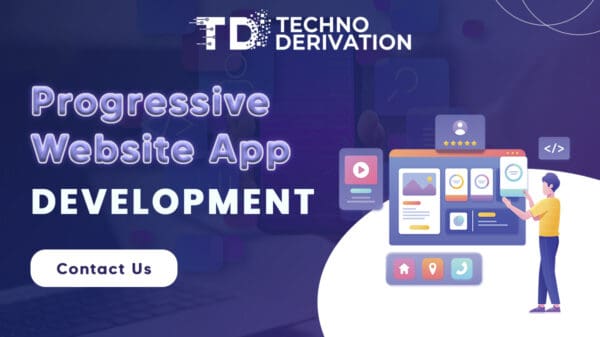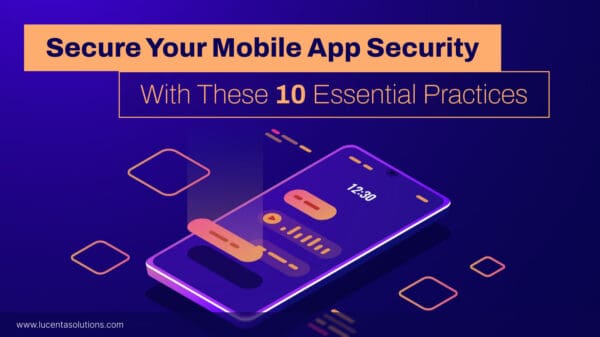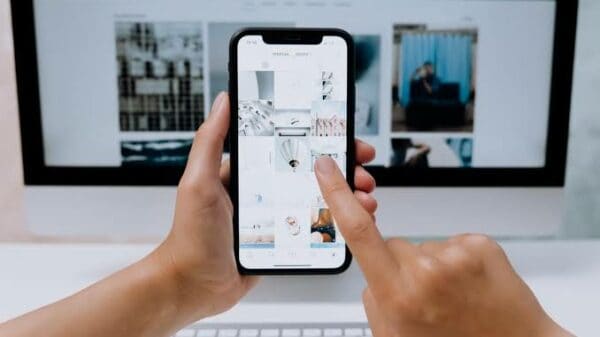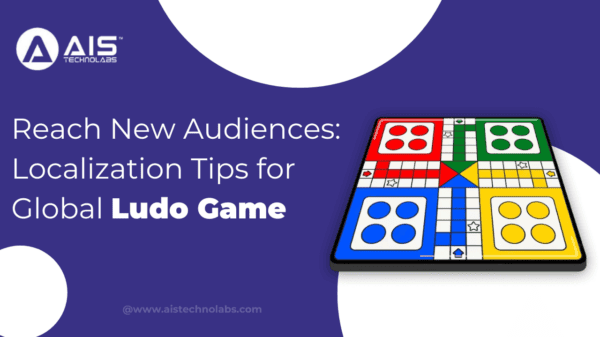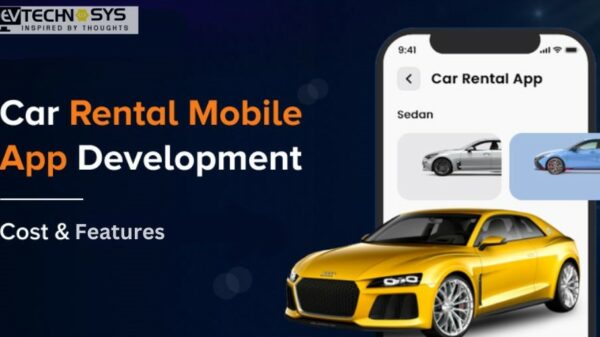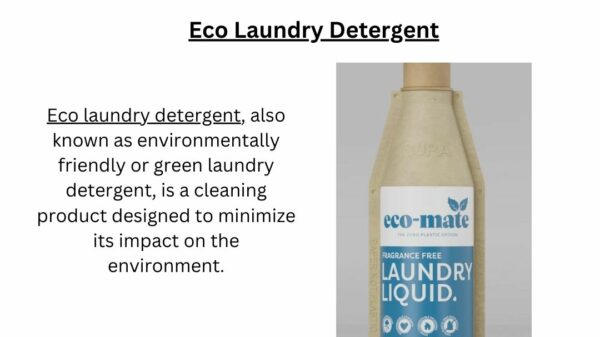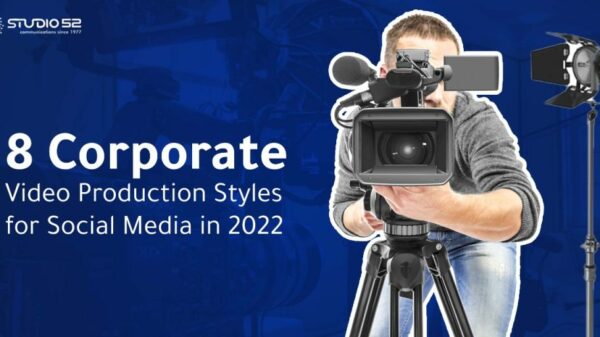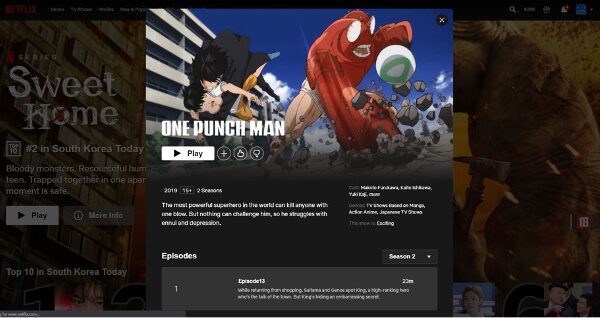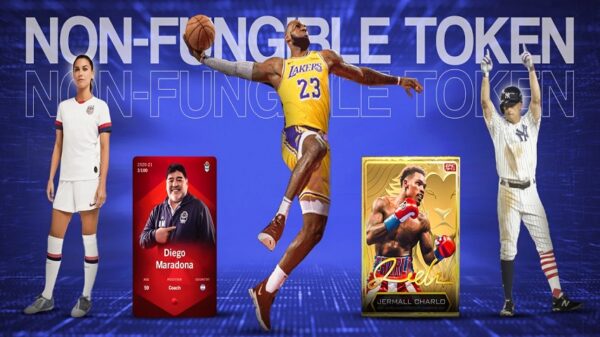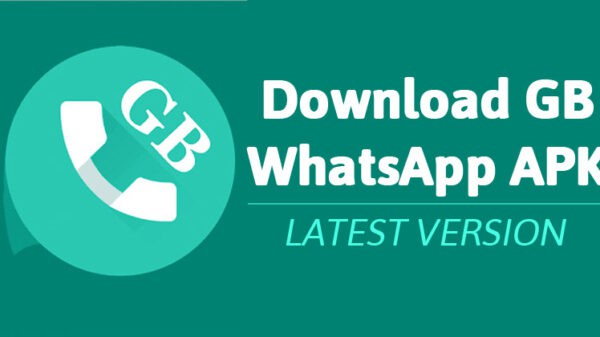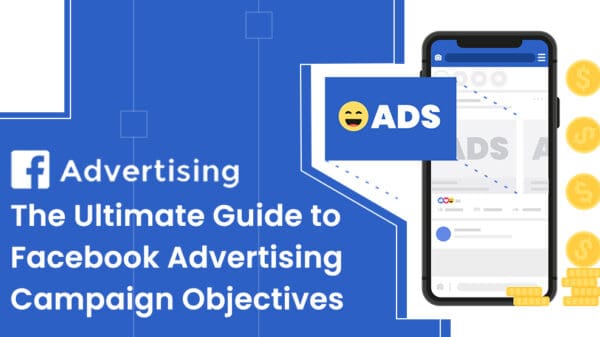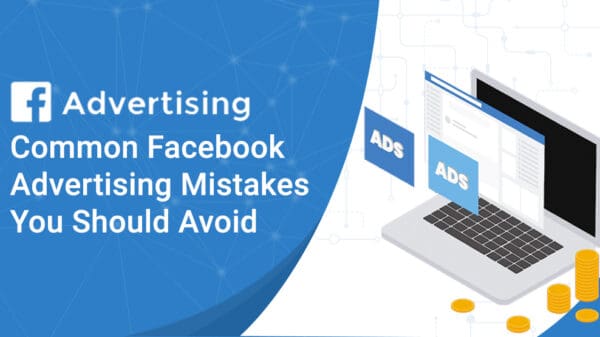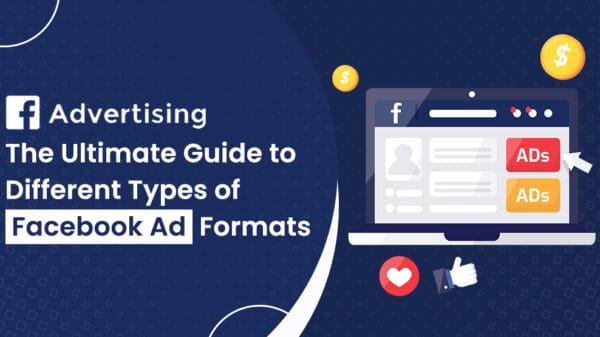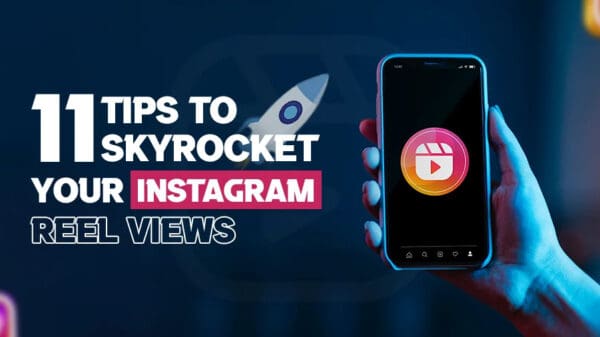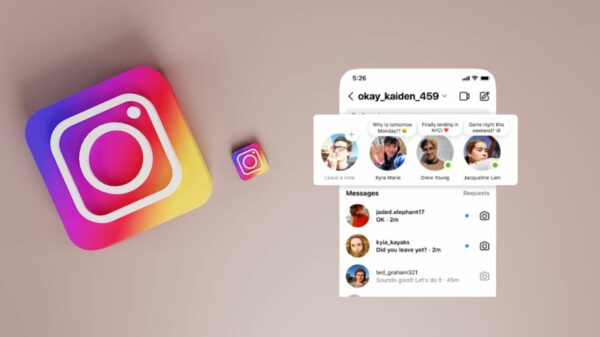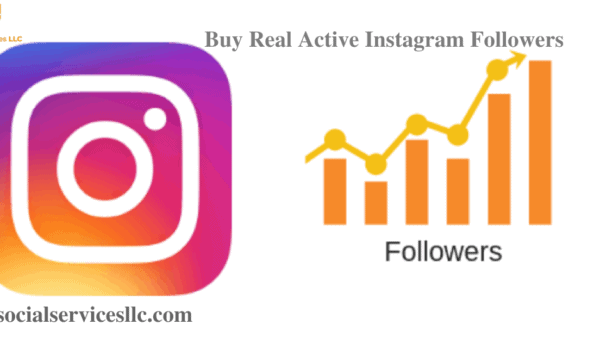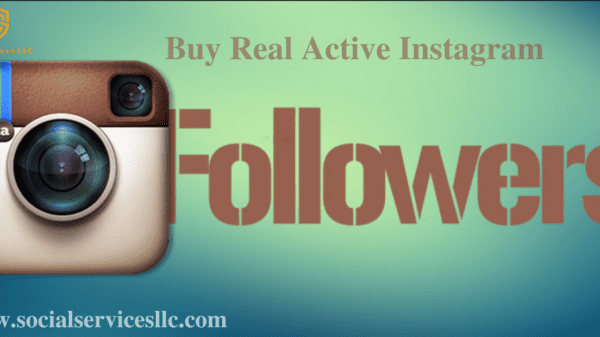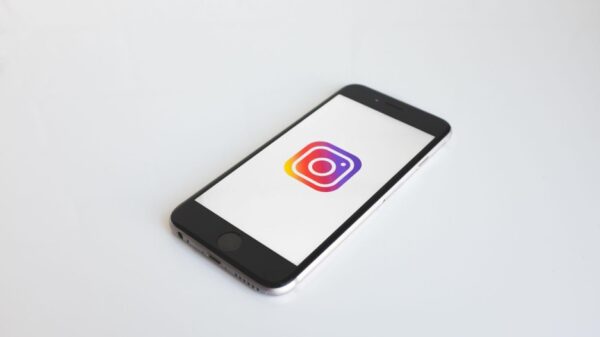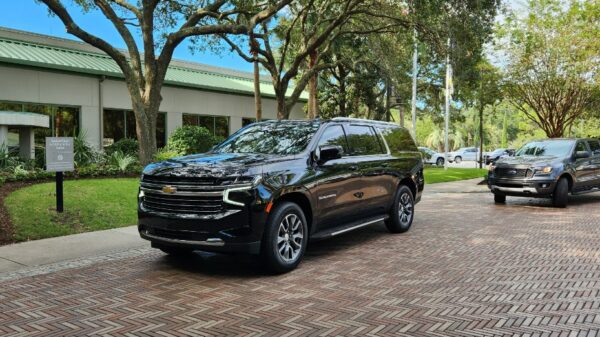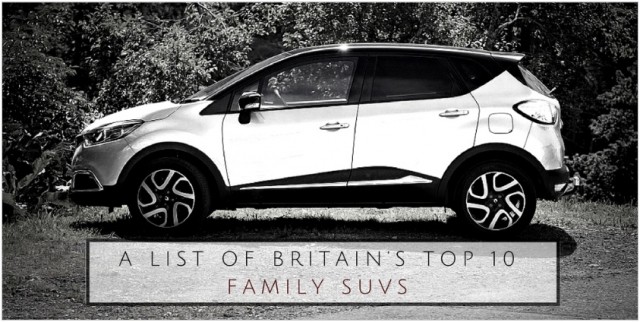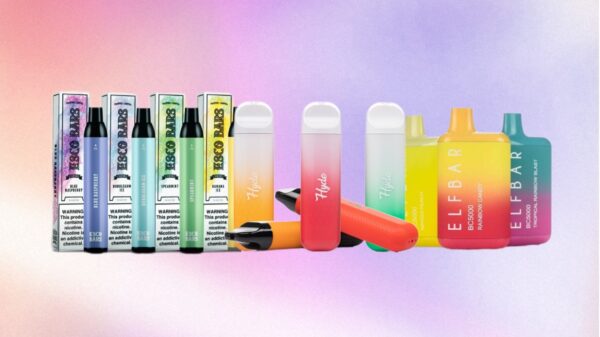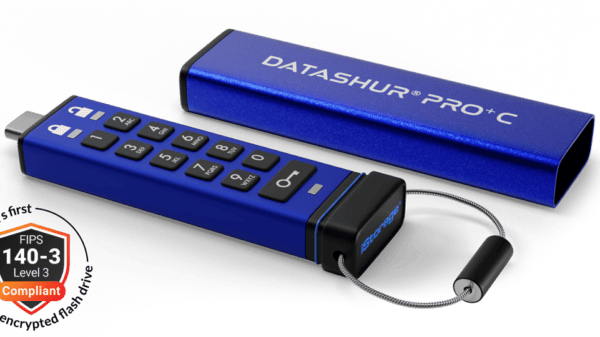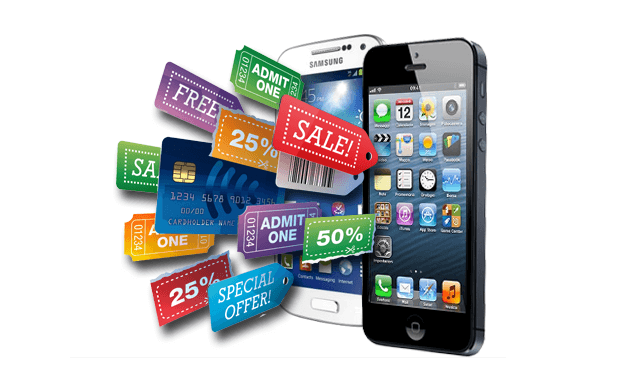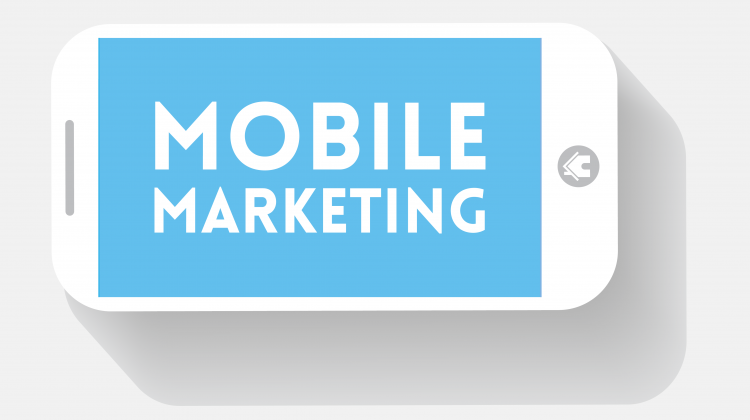Did you know that as per a study by SurveyMonkey, 70% of mobile searches lead to an action on the website within an hour? Mobile devices generated 54.8% of global web traffic in the first quarter of 2021 alone, as per figures by Statista.
Top brands like Starbucks and Nike are successfully using mobile advertising in their marketing strategy. Remember, how Starbucks launched its ‘order-ahead’ mobile feature way back in 2014? The brand incorporated loyalty points, online and offline personalization to increase brand engagement. The Starbucks app is a reminder of how great user experiences on mobile can encourage ongoing brand interactions on other channels.
With the rapid proliferation of smartphones across the world and growing internet connectivity, mobile marketing is a must for brands to survive. In fact, 40% of internet users might choose competitor platforms if your website is not mobile-friendly, as per stats by McKinsey & Company published on Impact.
When websites are increasingly being accessed across devices, it makes sense to optimize your mobile marketing campaign as per the latest trends. Here are some strategies to consider.
Content That Meets Target Audience
Smartphone and tablet ads can help brands reach customers who are scouring through relevant content or exhibiting relevant purchasing behavior online, according to MediaMax Network. This contextual targeting can be driven when your content is structured as per the needs of your target audience. So, research your audience and check what kind of content they consume most.
Augmented Reality (AR)
Being virtually able to try a product can help remove the hesitation of buyers and encourage impulse purchases that might skyrocket sales, according to an article by Forbes. So, try to create immersive experiences by using AR in your campaign. For example, Sephora allows you to try hundreds of makeup products virtually. You can check how certain lipstick shades look on you using facial recognition.
Voice Search Optimization
From Siri to iOS, Google Search to Android, and Cortana to Microsoft; voice-search platforms are gaining ground over text-searches due to convenience. So, make sure your website is optimized accordingly. Use terms like ‘near me’, ‘which’, ‘how’, ‘where’, and ‘why’ more often. Long-tail keywords are also necessary since people speak longer sentences than they type. Emphasize natural speech rather than twisted English. Lastly, make sure to answer popular questions on your FAQ page.
Animated GIFs
Animated GIFs are easy to consume, serve as brilliant CTAs, and can have an emotional impact, according to an article on HubSpot. Pick a set of images that would convey your message ideally. Use the top online tools that can create the GIF. However, make sure they are vertical. This is because 94% of smartphone users tend to use their phones vertically, as per stats by Impact. So, be careful not to present animation in landscape mode.
Focus on Landing Page
It must be bug-free, ultra-clickable, and fast-loading. Let the page be short and sweet while ensuring natural navigation. Add trust signals like testimonials and past-client endorsements. Offers must be bold and visible. Make sure all of these are extremely mobile-friendly to increase the chances of conversions. Further, avoid too many visuals and focus on one CTA.
Putting these tips into action can improve the success of your mobile campaign. Do work with a panel of experts. They can redefine how you engagingly reach your customers.
Marcelo Fincher is a blogger & writer on technology related topics with years of experience in studying technological advancements. In his spare time, Marcelo likes to read books and take a walk on the beach.








